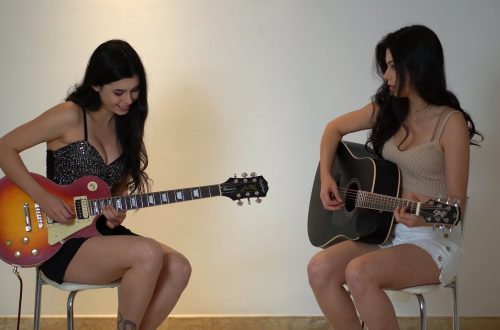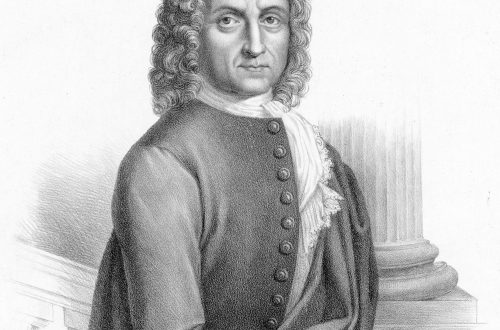
Andrey Filippovich Pashchenko |
Andrey Paschenko
Honored activity claim in the RSFSR (1957). In 1917 he graduated from Petrograd. the conservatory in the class of composition from M. O. Steinberg. In 1911-17 head. music b. orchestra, in 1917-21 head. music b-koy Gos. orchestra, in 1921-31 head. music b-coy Leningrad. philharmonic. From 1961 he lived in Moscow. In the work of P. relied on the traditions of the muses. 19th century classics The author of numerous prod. different genres, including major symphonies; one of the first Russian composers who created operas on the historical and revolutionary. and owls. theme. His “Eagle Riot” (“Pugachevshchina”, 1925) played a prominent role in the formation of owls. operas. In P.’s opera “Black Yar” (1931), dedicated. Citizenship war, for the first time on the opera stage the image of V. I. Chapaev was embodied; the opera Pompadours (based on M. B. Saltykov-Shchedrin, 1939, Leningrad, Maly Opera Theater) is one of the first owls. comic opera. The best products the composer is distinguished by strong-willed tension, a wide epic. scope, reliance on speech intonations.
Compositions: operas (12), including Eagle Rebellion (Pugachevshchina, 1925, Leningrad Opera and Ballet Theater), Tsar Maximilian (based on Russian folk drama, 1929, State Academic Chapel), Black Yar ( post. 1931, Leningrad Opera and Ballet Theater), Pompadours (based on the production of “Pompadours and Pompadours” and “The History of a City” by Saltykov-Shchedrin, 1936, post. 1939, Leningrad. Maly Opera Theater), Wedding Krechinsky (after A. V. Sukhovo-Kobylin, 1945, post. 1949, Leningrad. Maly Opera Theater), Krasnodontsy (Young Guard, after A. Fadeev, 1946-47), Capricious Bride (based on the play “Wedding with a Dowry” Dyakonova, 1967), Portrait (after N.V. Gogol, 1968); for soloists, choir and orchestra. – oratorios Prometheus Liberated (1934) and Lenin (1960), cantatas Accordion (1931), Voice of the World (1952), Funeral and solemn ode (requiem, lyrics by the composer, 1942), Scythians (poem, lyrics by A. A. Blok , 1958.) and others; for orc. – symphonies (1916; 2nd – Hymn to the Sun, lyrics by K. D. Balmont, 1921-22; 3rd – Heroic, 1924, 2nd edition 1960; 4th – Youth, 1927, 2nd 1956; 1952; 1954; 7th – Dramatic, 1955, 2nd edition 1964; 1956; 9th – Symphony-Poem, 1956; 1962-63; 11th – Optimistic, 1964; 12th – Heroic triumphal, with choir, lyrics by Vs. A. Rozhdestvensky and words carved on the grave of the victims of the October Revolution of 1917 on the Field of Mars in Leningrad, 1966; 13th – Russian bells, based on the poem “The Bells of Russia” by P. Neruda , 1968-69; 14th – Pioneer, 1969; 15th – Life of the artist, 1969-70; 1972); 8 sym. poems, 5 symphonies. paintings, 5 overtures; for strings. orc. – 4 symphoniettes (1943, 1945, 1958, 1964), Suite in classical style (1915-27), Nocturne (1914), Ukrainian Rhapsody (1937), Moon Serenade (1959) and others; concerts with orc. – for skr. (1944), for Volch. (1964); prod. for orc. nar. tools; chamber-instr. ensembles – 9 quartets (1915, 1921, 1967, 5 in 1968, 1971); romances, choirs, songs; arr. Russian nar. songs for a cappella choir; music for drama performances. t-ra and films.
References: Asafiev B., Eagle Rebellion, “Life of Art”, 1925, No. 46, the same in his book: Izbr. Proceedings, vol. 5, M., 1957; Kremlev Yu., On the work of A. Pashchenko, “SM”, 1936, No 9; Koval M., Meeting with the work of A. F. Pashchenko, “MZH”, 1968, No 6.
M. D. Katseva





